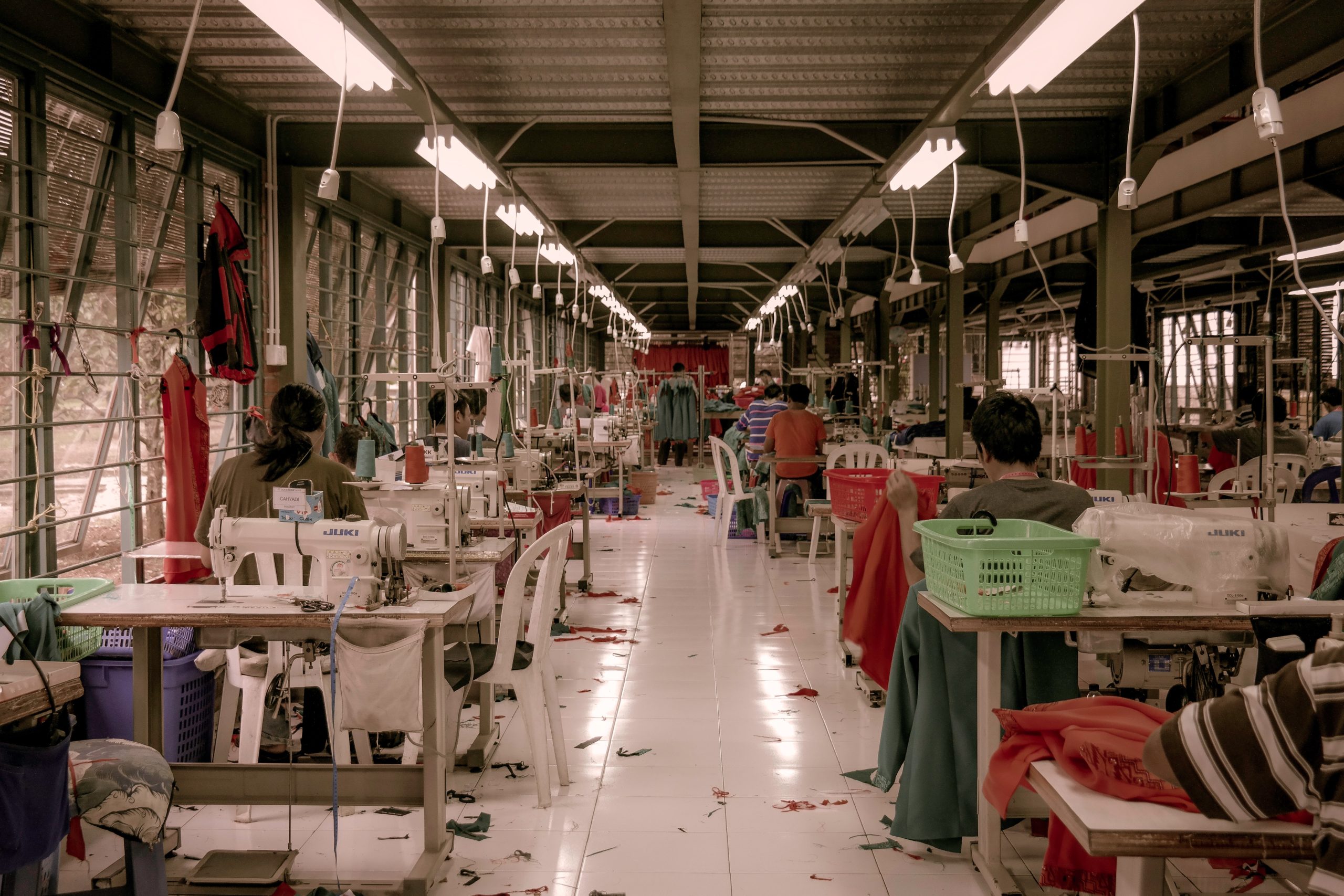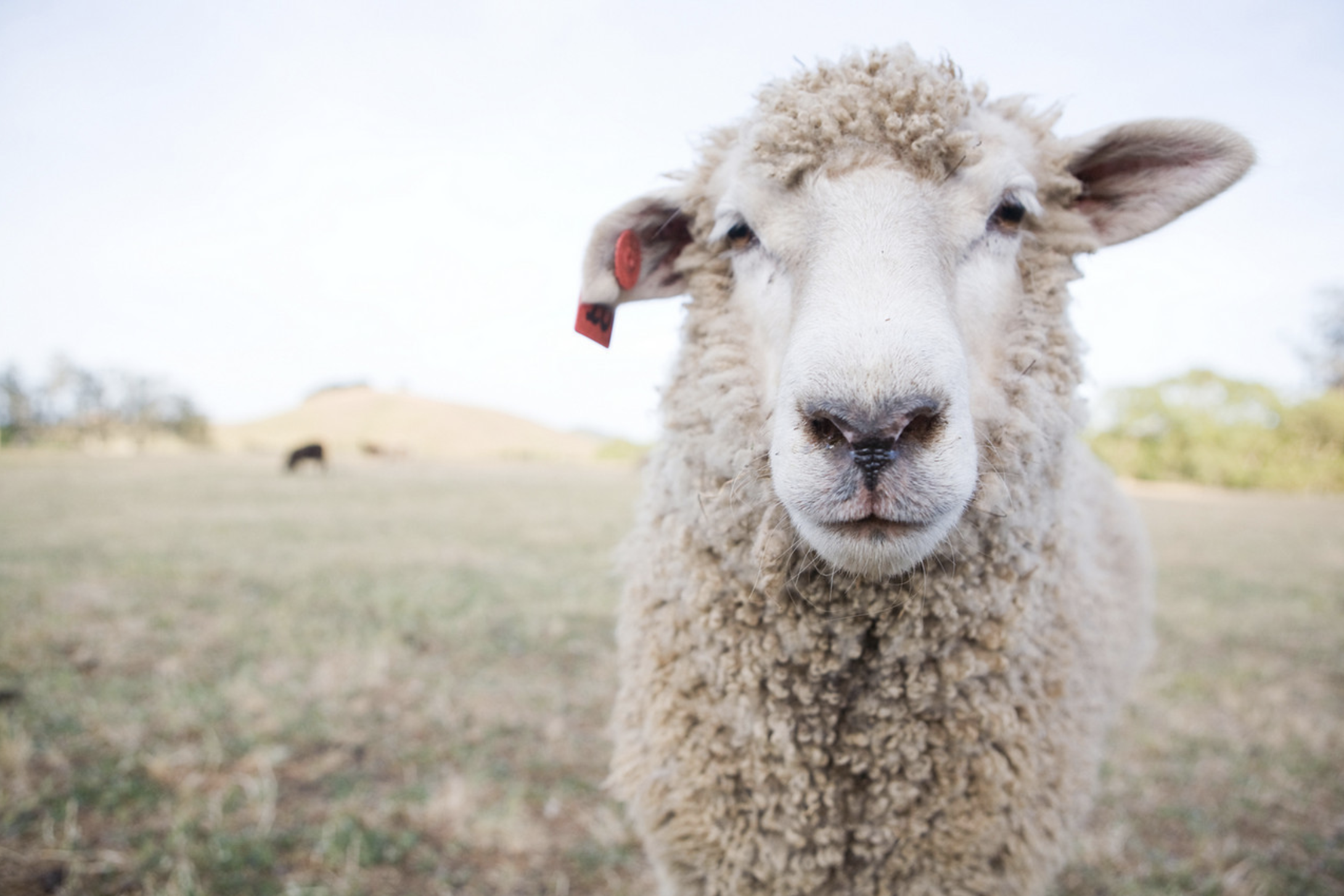Uncovering the Industry’s Flaws and Exploring Solutions
Written by Veronica Kassatly

“Sustainability, as defined and measured in fashion, is currently an elitist, even imperialistic concept,” says Veronica Kassatly, analyst and consultant for data-based sustainability claims. In this four-part series, Kassatly examines how Western brands, consumers, and activists define the conversation around sustainability, based on their own interests and cultural values. She brings light to recent fashion industry attacks on the long-lasting fiber traditions of wool, silk, and alpaca production, hidden in the guise of sustainability claims. This series presents essential information for moving toward “sustainable” fashion that is truly sustainable and socially just.
Part I: ‘Sustainable’ Fashion Forgot Where It Came From

This article explains the background and definitions of sustainability, diving into how and why “sustainable” fashion as it is currently marketed is usually not actually sustainable at all. The author examines fashion’s purported commitment to the UN Sustainable Development Goals, and posits that sustainability and environmental impact are simply conflated, with harmful outcomes for all communities reliant on farmed fibers — not just in the global south, but also in the global north.
READ HOW FASHION DEFINES SUSTAINABILITY
Part II: Harm in the Guise of Doing Good

This article offers an example of the harmful impact of partial and misleading sustainability claims in the global north, and explains the real human costs of labeling wool “unsustainable.”
Part III: Silk Caught in a Web of Deceit

The “sustainable” apparel sector attacks silk production and espouses unsubstantiated assertions about a cultural tradition dating back hundreds of years. This series of articles explores a value system guided by western market metrics and considers silk as a prototype for what sustainable fashion could look like.
Part IV: Unraveling the Truth about Alpaca Fleece

In a series of 3 articles, we examine the history and significance of alpaca farming in Peru and unravel the truth about who benefits from characterizing alpaca farming as environmentally harmful. We conclude with an understanding of how the claims of ‘environmental harm’ are contributing actual harm to the livelihoods of small-scale alpaca farmers and call on the fashion industry to reexamine its categorization of sustainable materials.
